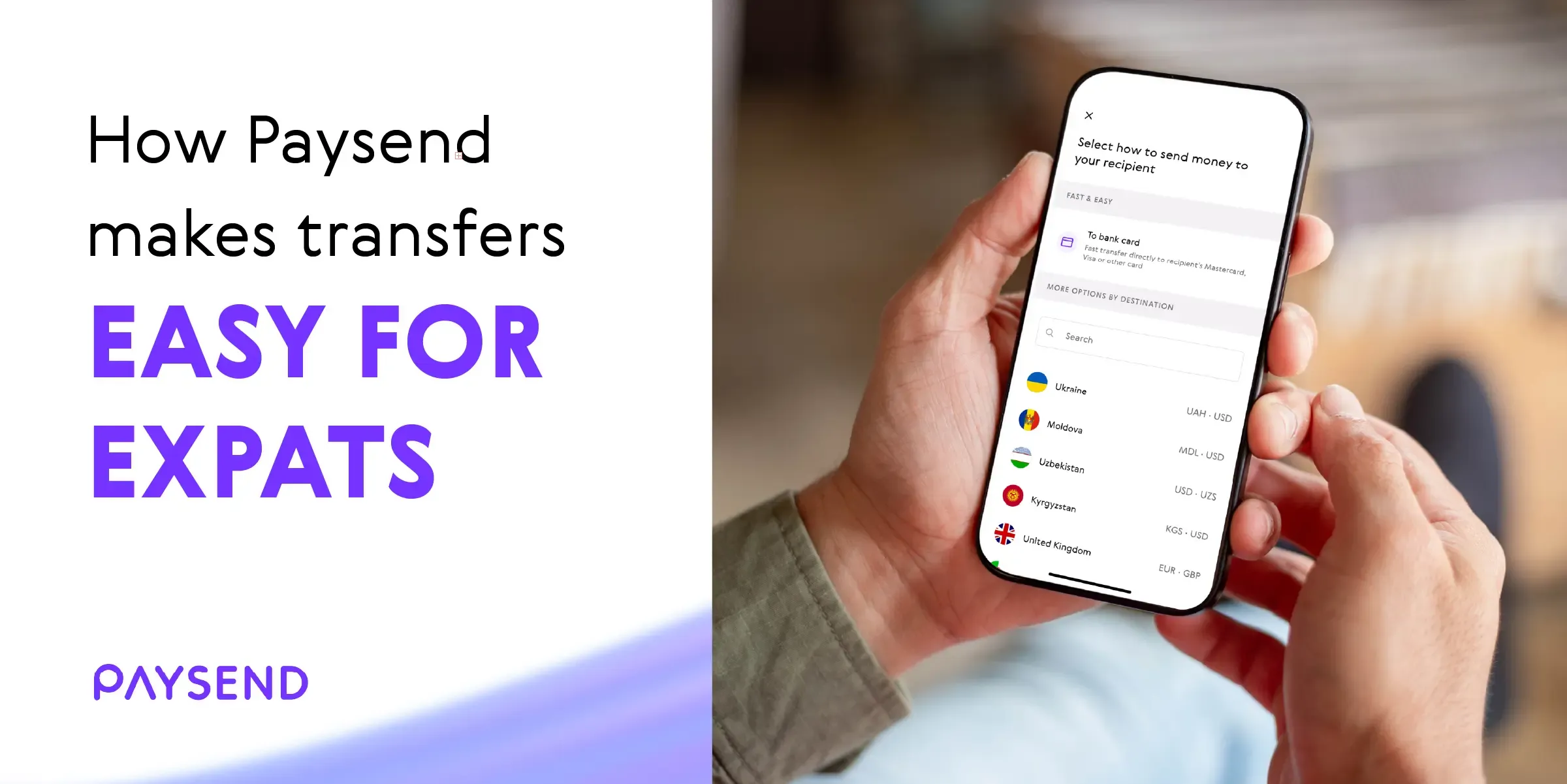Planned purchases vs. impulse buying. How to give in wisely to the temptation of immediate gratification

Imagine walking by a nicely decorated storefront. Say, it's a sports shop. And you wouldn't mind updating your footwear.
Curious, you go inside and chat with the salesman. Why not try on these shoes? They're soft and ideal for those long runs. And, they seem to be just the thing. Would you buy them right away or search for a better offer?
Planned purchases
They make up part of the budget. We consider our planned purchases upfront and can easily track their cost at the end of the month. What’s more, when planning a purchase, we have time to find a better offer.
Impulsive spending
Irresistible. Charming. Immediately satisfying and hard to keep track of. Ever so often — unnecessary. That is impulsive buying. We know full well that once in a while, we may give in to the temptation of immediate gratification. As such, we can predict and plan impulse buying, too.
Why plan impulse buying — 3 steps to take spontaneous spending under control
It’s a challenge to keep track of spontaneous spending. So, ultimately, we do not know where the money goes. It leads to the inability to control and correct our spending habits when and if necessary. What’s worse, we may end up in debt at the end of the month.
When included in the monthly budget, impulse buys become a bit more controlled and no less spontaneous. Let’s see how to take impulse buying under control.
1. Keep track of your spending
Know where the money goes and be able to change your spending habits when necessary. Take the habit of writing down each expense. It is challenging in the beginning, but it quickly becomes a healthy habit.
2. Set a limit and don't overspend
Determine which impulse buys you make most often, exclude the ones you can do without, and compare the amount left with the budget. Limit the amount you spend on spontaneous purchases to no more than 30% of your monthly budget.
3. Set aside the money you save
Invest the money saved in long term financial goals to avoid borrowings in the future.
Instead of fighting the temptation, you may give in to it wisely while improving your financial habits.
Planned or spontaneous: how online money transfers with Paysend can save you time and money
International money transfers help support our families and loved ones back home. Money transfers are also best taken into account upfront when planning the monthly budget.
Regular or recurring, online money transfers are quicker and more cost-efficient than offline transfers. Paysend is an online money transfer service that helps its customers make transfers to over 150 countries.
Paysend offers a user-friendly app and transparent terms and conditions for money transfers:
- Flat fees on international money transfers
- Service transparency — you see all the information about your transfer
- Instant processing and fast delivery — 95% of transfers with Paysend reach the recipient within seconds
- Guaranteed security of transactions and personal details
- 24x7 online support
- More than 150 countries to send money to, various methods of sending and receiving money
Getting started with Paysend is easy. Register on our website or via our mobile app for iOS, Android, and Huawei. Registration takes only a few minutes.
最新帖子

If you’re sending money from Poland to family, friends, or loved ones in Ukraine, we’ve got good news for you.
Paysend is offering a special improved FX rate on all transfers from Poland to Ukraine until 31 July 2025. That means you get more Ukrainian hryvnia (UAH) for every Polish zloty (PLN) you send – helping your money go further when it matters most.

身为一名外籍人士,生活中常常面临各种挑战——与家人保持联系、适应文化差异、打理财务等。
对于许多外籍人士来说,最重要的任务之一就是将钱汇回家。 无论是为了支持至亲至爱、支付账单,还是为特别的庆祝活动尽一份力,国际汇款都需要简单、可靠且经济高效。这就是 Paysend 的作用所在。
凭借简洁、安全又高效的操作平台,Paysend 让外籍人士能更轻松地与亲人保持财务上的联系。













